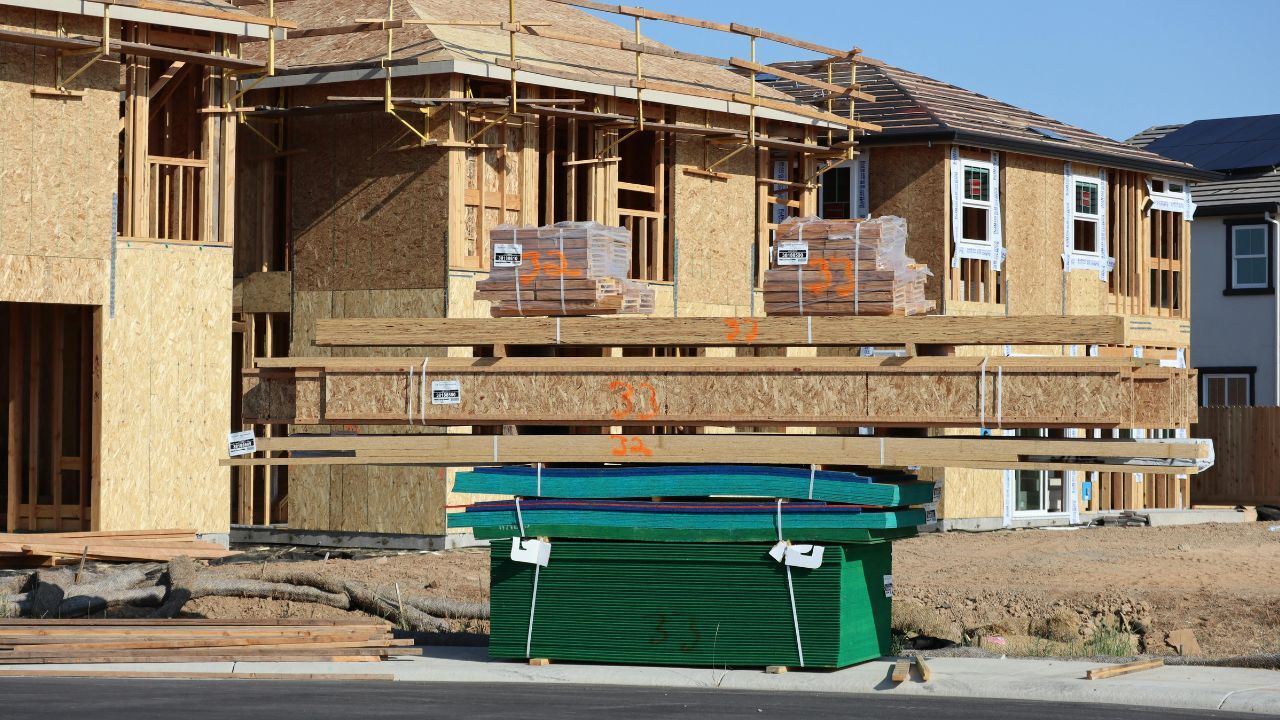Special Mortgage Programs for Heroes
 First responders and military families play vital roles in our communities, and there are mortgage programs designed to recognize their service. These programs often provide favorable terms, lower down payments, and unique benefits that make homeownership more accessible. Understanding these options can help heroes and their families achieve their dream of owning a home while taking advantage of benefits tailored to their service.
First responders and military families play vital roles in our communities, and there are mortgage programs designed to recognize their service. These programs often provide favorable terms, lower down payments, and unique benefits that make homeownership more accessible. Understanding these options can help heroes and their families achieve their dream of owning a home while taking advantage of benefits tailored to their service.
VA Loans for Military Families
One of the most well-known mortgage options for military personnel is the VA loan, which offers 100 percent financing with no down payment, competitive interest rates, and no private mortgage insurance requirement. VA loans are available to active-duty service members, veterans, and eligible surviving spouses. They can be used to purchase a primary residence or refinance an existing mortgage, making them a flexible option for military families.
Special Programs for First Responders
Many first responders, including police officers, firefighters, and emergency medical personnel, may qualify for local, state, or employer-assisted mortgage programs. These programs often offer reduced interest rates, down payment assistance, or grants to help offset the cost of purchasing a home. Researching programs specific to your profession and location can unlock significant savings and make homeownership more attainable.
Benefits Beyond Financing
In addition to favorable loan terms, some programs provide financial counseling, assistance with closing costs, and resources to help first responders and military families plan for long-term homeownership. Taking advantage of these resources can improve financial literacy, reduce stress during the homebuying process, and ensure a smooth transition into homeownership.
Choosing the Right Program
When exploring mortgage options, it is important to compare benefits, eligibility requirements, and costs. Working with a mortgage professional who understands first responder and military programs can help identify the best loan for your situation, maximize savings, and simplify the process. With the right program, heroes can secure a home that fits their familyís needs while taking full advantage of service-related benefits.
 Buying land or constructing a new home offers exciting opportunities for customization and investment, but the mortgage process differs from traditional home loans. Lenders often have stricter requirements for land and new construction financing, so understanding your options, planning ahead, and working closely with a mortgage professional is essential. By knowing what to expect, you can navigate this process smoothly and secure the financing needed to bring your vision to life.
Buying land or constructing a new home offers exciting opportunities for customization and investment, but the mortgage process differs from traditional home loans. Lenders often have stricter requirements for land and new construction financing, so understanding your options, planning ahead, and working closely with a mortgage professional is essential. By knowing what to expect, you can navigate this process smoothly and secure the financing needed to bring your vision to life. Your mortgage is more than just a monthly bill; it can be a powerful tool for building long-term wealth. By understanding how to leverage home equity strategically, homeowners can create opportunities for investments, financial growth, and increased net worth. Using your mortgage wisely requires planning, patience, and a clear understanding of how equity works.
Your mortgage is more than just a monthly bill; it can be a powerful tool for building long-term wealth. By understanding how to leverage home equity strategically, homeowners can create opportunities for investments, financial growth, and increased net worth. Using your mortgage wisely requires planning, patience, and a clear understanding of how equity works.